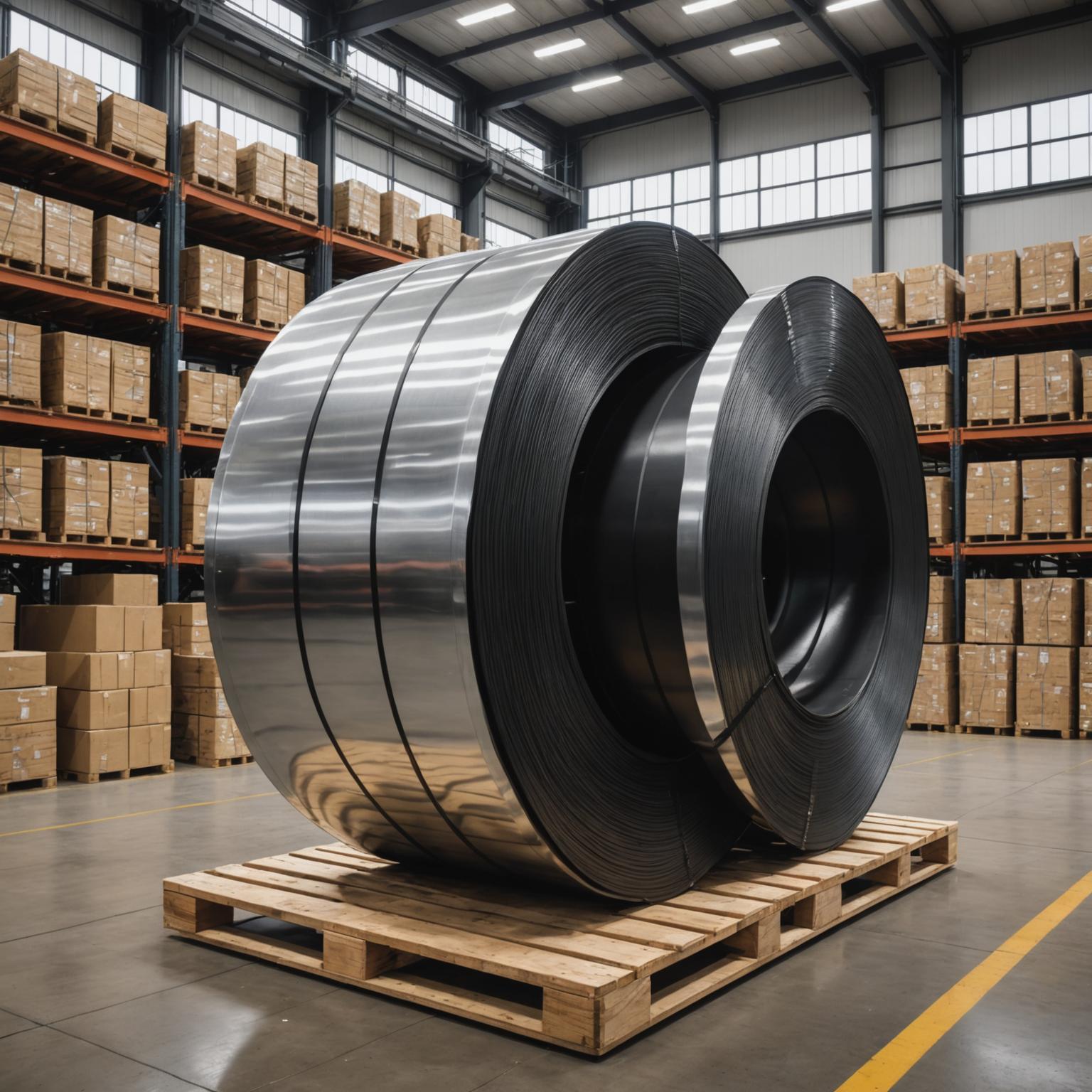In the world of modern materials, few options offer the seamless blend of sophisticated aesthetics and rugged performance found in a brushed stainless steel coil. This versatile product has become a cornerstone in industries ranging from architecture to automotive manufacturing, celebrated for its unique finish, exceptional durability, and broad applicability. For designers, engineers, and manufacturers, understanding how to select and utilize this material is key to unlocking its full potential and achieving superior results in any project. This guide will walk you through the essential aspects of brushed stainless steel, from its fundamental properties to practical advice on selection and maintenance.
Understanding the Brushed Finish
What exactly gives brushed stainless steel its distinctive appearance? The finish is achieved through a meticulous mechanical process where the steel is abraded with a fine-bristle brush or a specialized abrasive belt. This action creates a pattern of very fine, unidirectional lines on the surface, resulting in a satin-like, non-reflective sheen. Unlike highly polished or mirrored finishes that can be glaring and show every fingerprint, the brushed texture offers a more subdued, elegant look that cleverly conceals minor imperfections, smudges, and daily wear. This directional grain is not just an aesthetic feature; it is integral to the material's character and must be considered during fabrication and installation to ensure a cohesive and professional appearance across all components.
The Inherent Advantages of Brushed Stainless Steel
Beyond its visual appeal, the core advantages of a brushed stainless steel coil lie in its fundamental properties. First and foremost is its renowned corrosion resistance. This is due to the presence of chromium in the alloy, which forms a passive, invisible, and self-healing oxide layer on the surface, protecting the steel from rust and staining even in demanding environments. Secondly, its durability is unparalleled. Stainless steel boasts impressive tensile strength and resilience, ensuring that components made from it have a long and reliable service life. This strength-to-weight ratio makes it an efficient choice for both structural and decorative applications. Furthermore, the material is inherently hygienic. Its non-porous surface does not harbor bacteria or germs, making it incredibly easy to clean and sanitize, which is why it is the material of choice for commercial kitchens, medical facilities, and food processing plants.
A Guide to Selecting the Perfect Coil
Choosing the right brushed stainless steel coil for your project requires careful consideration of several factors. The first step is to identify the appropriate grade of stainless steel. Grade 304 is the most common and serves as an excellent all-purpose choice for most indoor and general outdoor applications due to its solid corrosion resistance and formability. However, for projects in more aggressive environments, such as coastal areas with salt spray or industrial settings with chemical exposure, Grade 316 is recommended. It contains molybdenum, which significantly enhances its resistance to chlorides and other corrosive agents. Next, you must specify the thickness, or gauge. The gauge will impact the material's strength, weight, and flexibility. Thicker gauges are ideal for structural elements, while thinner gauges are suited for decorative paneling or intricate components. Finally, consider the logistics. Ensure the coil's width and weight are compatible with your manufacturing equipment and that it is supplied with a protective film to prevent scratches during handling and fabrication.
Exploring the Diverse Applications
One of the most exciting aspects of brushed stainless steel is its incredible versatility. In the architectural world, it is used for building facades, interior wall cladding, elevator panels, handrails, and sophisticated roofing systems, lending a clean, contemporary look to any structure. The appliance industry has long embraced its finish for refrigerators, dishwashers, ovens, and range hoods, where it provides a perfect balance of modern style and easy maintenance. In the automotive sector, it appears as elegant interior trim, durable exhaust components, and other decorative accents that signify quality and luxury. You will also find it used extensively in commercial applications, including countertops and backsplashes in professional kitchens, sterile laboratory equipment, high-end retail fixtures, and bold corporate signage.
Best Practices for Handling and Maintenance
To preserve the pristine look of brushed stainless steel, proper handling and maintenance are crucial. During fabrication processes like cutting, bending, and forming, it is vital to keep the protective surface film on for as long as possible. When planning the layout of parts, always align the brushed grain in the same direction for a uniform, professional look, especially on adjacent panels. When it comes to cleaning, the golden rule is to always wipe in the direction of the grain, never against it. Use a soft cloth or microfiber towel with a mild detergent and warm water. For more stubborn spots, a specialized stainless steel cleaner can be used. It is critical to avoid harsh, abrasive cleaners, steel wool, or any products containing chlorine, as these can permanently damage the passive layer and mar the beautiful finish. With simple, regular care, brushed stainless steel will maintain its elegant appearance for decades.
The Superior Choice for Modern Projects
A high-quality brushed stainless steel coil is more than just a raw material; it is a foundation for innovation, quality, and lasting design. Its unique combination of a sophisticated, low-glare finish with the inherent strength, longevity, and corrosion resistance of stainless steel makes it an unbeatable choice for a vast array of applications. By understanding its properties and following best practices for selection and care, you can leverage this exceptional material to create products and spaces that are not only beautiful and modern but also built to endure the test of time.








